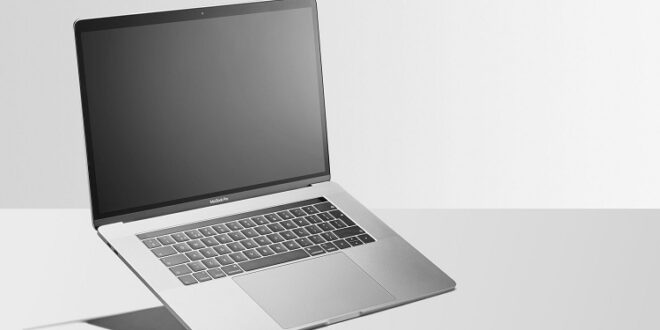A hard disk is the driving force of your Mac responsible for its computing and storage capabilities. Needless to say that these elements are the essence of computers as we know them.
The good news is that disk problems aren’t typical for Apple computers, so chances are high you’ll never have to deal with it. It’s mainly because solid-state drivers (SSD) used in modern Macs do an excellent job dialing down mechanics-related issues. Still, it’s a good idea to know what you can do to extend your disk’s lifespan. Let’s begin!
Why Mac disks fail
If your Mac is equipped with an SSD, you’re in luck. Compared to their counterparts, hard-disk drives (HDD), SSDs ensure a more stable performance due to fewer movable modules, which makes them more resistant to damages. On the other hand, HDDs rely heavily on mechanical parts for computing and storing your data, and that’s why they prove to be less endurable in the long run.
Here are the most reasons why Mac disks fail:
- Internal damage. Both SSDs and HDDs can suffer the deterioration of their internal components. More so, SSDs’ electrical modules can show age and fail without showing any explicit symptoms. HDDs can exude squeaky noises for a while, which is a sign of imminent disk failure. If you hear odd sounds coming from your disk, it’s best to back it up and have it diagnosed.
- Does your Mac overheat perpetually? It can harm your hard disk, so take care of its proper cooling.
- Unfortunately, your Mac isn’t waterproof, and moisture can damage the hard drive.
- External damage. Falling can irrevocably damage your disk, so it’s best to avoid dropping your Mac by all means.
Disk failure signs
It’s possible to predict a disk failure when you know the symptoms. This way, you can recognize the risk of damage and save your data in advance. Note that many symptoms of disk failure coincide with other Mac problems. Here are the most common signs of disk problems:
- Your operating system crashes frequently;
- Your Mac performance leaves much to be desired;
- An increasing number of corrupted files;
- Files disappear from your storage;
- Your Mac emanates noise, especially when you try to access your storage.
If you’ve encountered one of these signs, it’s best to have your Mac diagnosed before the risks materialize. For this purpose, you can use SMART (Self-Monitoring, Analysis, and Reporting Technology), a built-in disk fault detection tool you can use to scan your disk. It can provide you with information about the current state of your SSD. You can find it under Applications – Utilities.
Steps to prevent disk failures
- The cooling system. Above all, you should make sure your Mac’s cooling system functions properly. To do that, you should clean the cooling fans from dust regularly. On top of that, it’s a good idea to use an external cooling stand when you’re using your Mac intensively.
- Disk defragging. This procedure lets you boost your Mac’s speed and improve performance. Note that SDDs don’t need defragging, but it’s highly recommended for HDDs, especially if you regularly save gigabytes of information.
- Unneeded software. By removing apps and files you no longer need, you free up storage and alleviate the pressure off your hard drive. Don’t forget that you also need to remove all files associated with a deleted app.
- Consult an expert. If your Mac shows signs of disk failure, be well advised to take it to Apple Repair. We always recommend using expert help when it comes to your disk.
Taking care of your disk is essential if you want to extend the lifespan of your Mac. Moreover, the steps are simple, and you can use them no matter your Mac’s age.
 HammBurg Be informed with latest news, reviews, entertainment, lifestyle tips, and much more.
HammBurg Be informed with latest news, reviews, entertainment, lifestyle tips, and much more.




